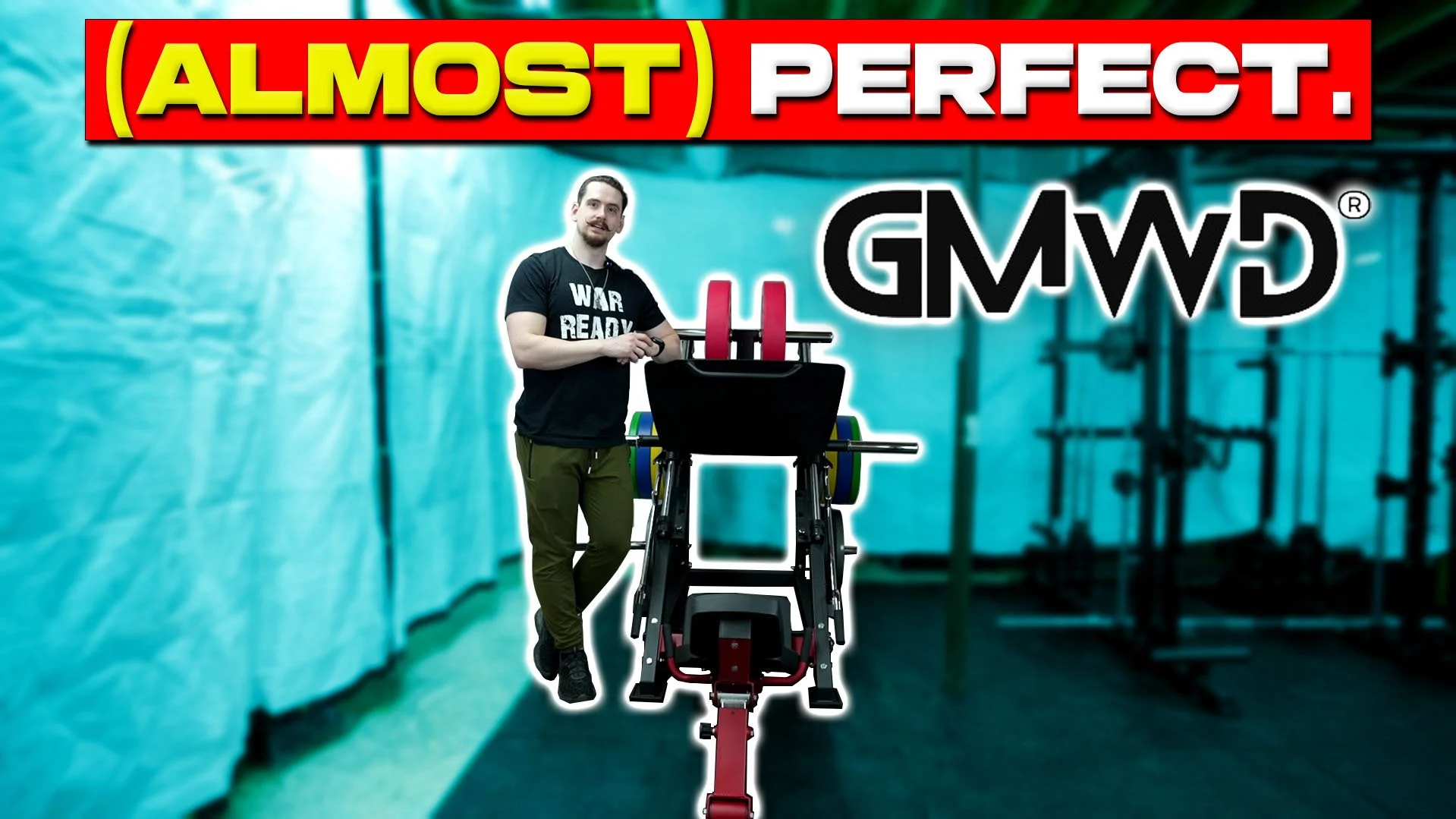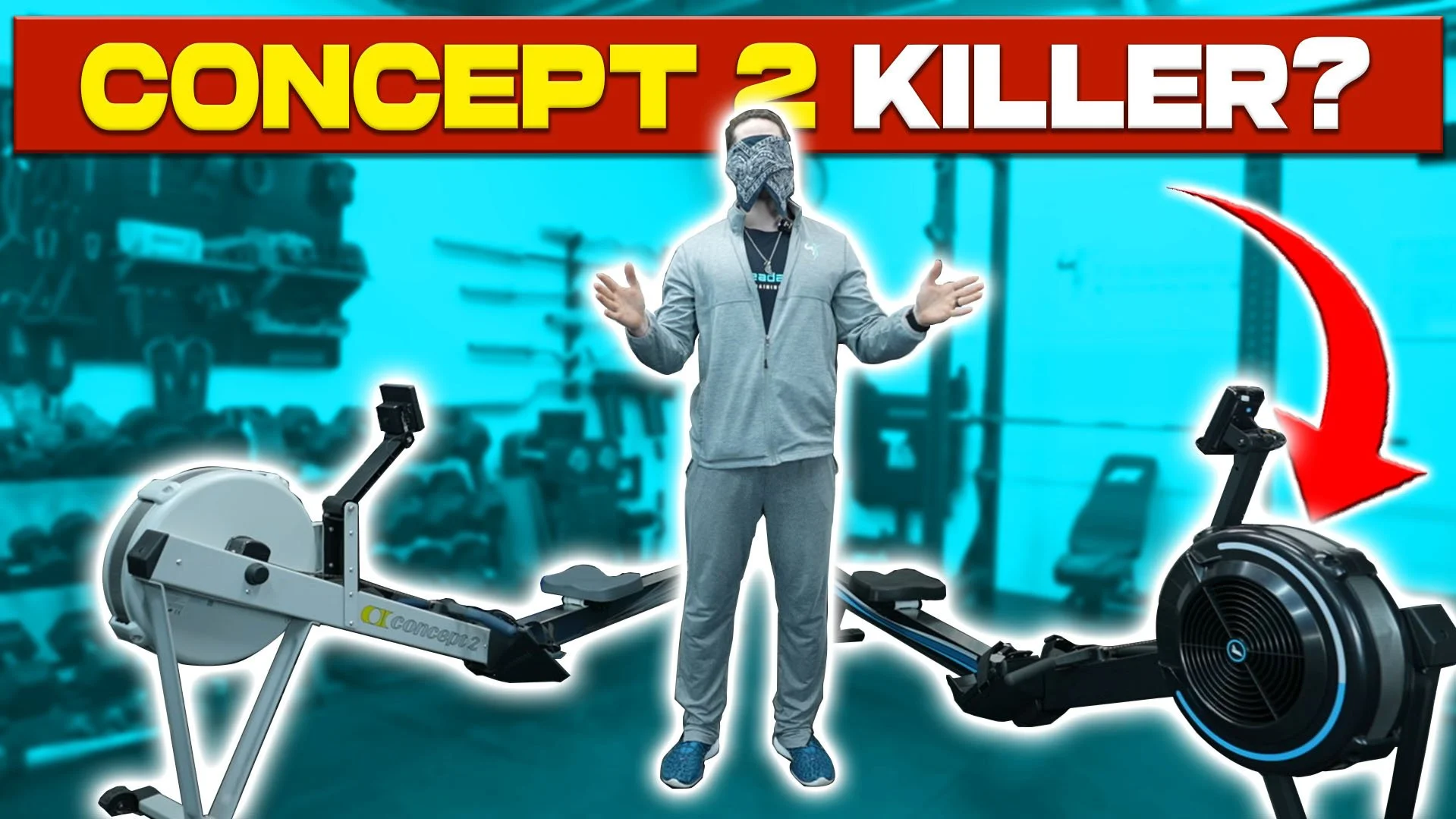Imagine you go on a diet to try to uncover your used-to-be lean and muscular self. After a few weeks, the scale has barely moved and your clothes aren't fitting any looser. Unfortunately, this is the fate of too many shred seekers. Has this happened to you? What prevents so many people from achieving their dream body?
The Problem
The good news is, if you fix this one mistake, you'll be on your way to your dream body. That mistake is guessing. If you're not actually tracking your intake, you have no way of knowing how many Calories you're consuming.
I mentioned this in last week's article, but it's worth mentioning again. As it turns out, most people are actually pretty bad at estimating their intake. One study stated that the group that was observed under-reported their Calorie intake by an average of 47%. [1]
You may think you're immune to such mistakes but not according to this study. Every single participant observed underestimated their Calorie intake. Not only that, the closest participant still underestimated their intake by approximately 21%. That participant estimated an intake of 1100 Cal/day and was actually consuming 1400. The least accurate participant estimated their intake to be 1300 Cal/day and their actual intake was 3000 Calories, which is approximately 57% off!
The Solution
The bad news is, if you haven't figured it out already, this is going to take some work. You will have to look at labels and use a food scale to portion your meals, at least for a little while. You see, the problem isn't necessarily the estimation in and of itself. The problem is estimating without having a concept of what serving sizes should look like. How can you know what one ounce of chips looks like if you've never measured out one ounce of chips?
Measure out everything you eat or drink in a day, using a food scale for solids and measuring cups for liquids. (If you're curious why, read this article.) Use My Fitness Pal or Calorie King to track your total intake. While going through this process, pay close attention to what serving sizes look like.
As you start to get the hang of it, turn it into a game. Guess how much you think a food weighs and how many Calories are in it before you put it on the scale to see how close you are. Not only will this make weighing your food a little less boring, it will also help you to know if you're learning what serving sizes should look like.
When you think you're ready, try to do this for a whole day and see how close your estimated Calorie intake is to your actual Calorie intake at the end of the day when you put it all in your tracking app. When you can consistently estimate your Calorie intake with over 90% accuracy (preferably overestimating), you're ready to put the scale away. I would still recommend playing the guessing game again every once and a while to ensure you're still on track.
Takeaway
If you're not tracking your intake, you have no way of knowing how many Calories you're consuming (unless you can successfully pass the guessing game).
Use a food scale and measuring cups to track your Calorie intake while you learn what serving sizes look like.
Play the guessing game until you can consistently estimate your total daily Calorie intake with over 90% accuracy.
Thank you so much for reading! If you found this information helpful, share it with a friend. I would appreciate it and I know they will too. If you like what I have to say, sign up below to become a Treadaway Training insider and get notified for each post and video. I will be back here Thursday with another fat loss topic. As always, God bless you AND your family and I'll see you Thursday.







